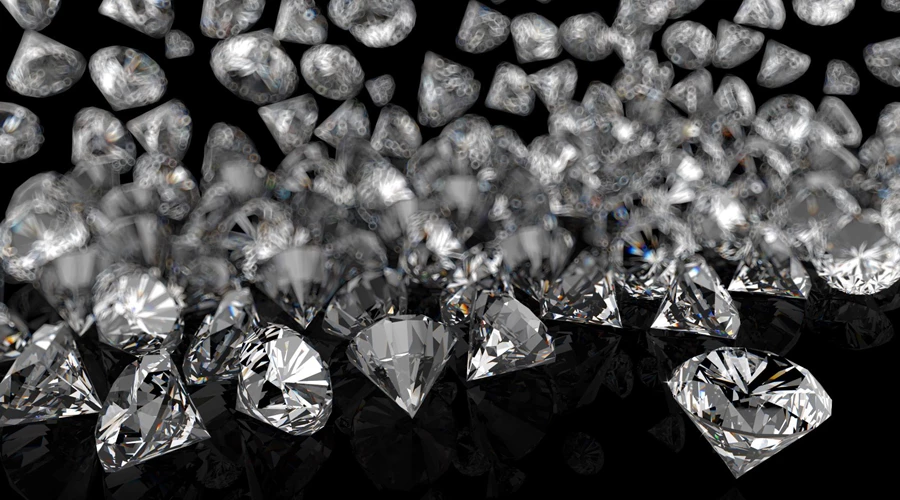
Diamonds have long symbolized beauty, love, and permanence. But with technological advancements, buyers now face an important question: diamante de laboratorio vs natuarl —which one is the right choice? The rise of lab created diamonds has redefined the diamond industry, offering a compelling alternative to mined stones. This article explores the key differences and benefits of each, helping you make an informed and confident decision.
Understanding Laboratory vs Natural Diamond Origins
The first step in understanding laboratory vs natural diamond is learning where each comes from. Natural diamonds are formed deep within the earth’s mantle over billions of years under intense heat and pressure. They are extracted through mining, which can be labor-intensive and environmentally disruptive.
On the other hand, lab created diamonds are grown in advanced laboratory settings using High Pressure High Temperature (HPHT) or Chemical Vapor Deposition (CVD) methods. These diamonds form in just a few weeks, replicating the natural process but in a controlled and ethical environment. Though the origins differ, the result is a diamond with the same physical, chemical, and optical properties.
Comparing Appearance and Quality
When it comes to laboratory vs natural diamond in terms of appearance, even trained gemologists often find it difficult to tell them apart without specialized equipment. Lab created diamonds can exhibit the same clarity, color, and brilliance as natural diamonds, and in many cases, they may even surpass them in quality.
This is because lab created diamonds are grown under carefully monitored conditions, reducing the likelihood of imperfections or inclusions that are commonly found in mined stones. As a result, buyers often get a more flawless and vibrant stone when choosing lab-grown over natural.
Price and Value: A Key Distinction
One of the most compelling factors in the laboratory vs natural diamond debate is price. Lab created diamonds are significantly more affordable than natural ones—typically 30–50% less for diamonds of the same size and quality. This allows buyers to maximize value, often selecting a larger or better-quality diamond while staying within budget.
While natural diamonds have traditionally been viewed as long-term investments, the value of lab created diamonds is steadily gaining acceptance. The cost savings, combined with a growing focus on sustainability, make lab-grown diamonds an increasingly attractive option for engagement rings, gifts, and everyday luxury.
Ethics and Environmental Impact
Another major aspect of the laboratory vs natural diamond discussion involves ethics. The diamond mining industry has been associated with environmental damage and labor concerns, including the infamous issue of conflict or “blood” diamonds. Although regulations have improved, these concerns remain valid.
In contrast, lab created diamonds are produced without destructive mining practices, making them a cleaner and more responsible choice. For buyers who prioritize environmental protection and ethical sourcing, lab-grown diamonds align with their values while still delivering stunning beauty and quality.
The Future of Diamonds: Technology Meets Tradition
The conversation around laboratory vs natural diamond is evolving rapidly. While natural diamonds carry traditional and sentimental value for many, lab created diamonds represent innovation and a new standard in sustainable luxury. As younger generations drive change with their preference for ethical and eco-conscious purchases, lab-grown diamonds are becoming more mainstream.
Jewelry retailers worldwide are expanding their collections of lab created diamonds, offering consumers more choice than ever before. Whether you’re selecting a stone for a once-in-a-lifetime proposal or simply adding sparkle to your jewelry box, lab-grown diamonds offer flexibility, affordability, and peace of mind.
